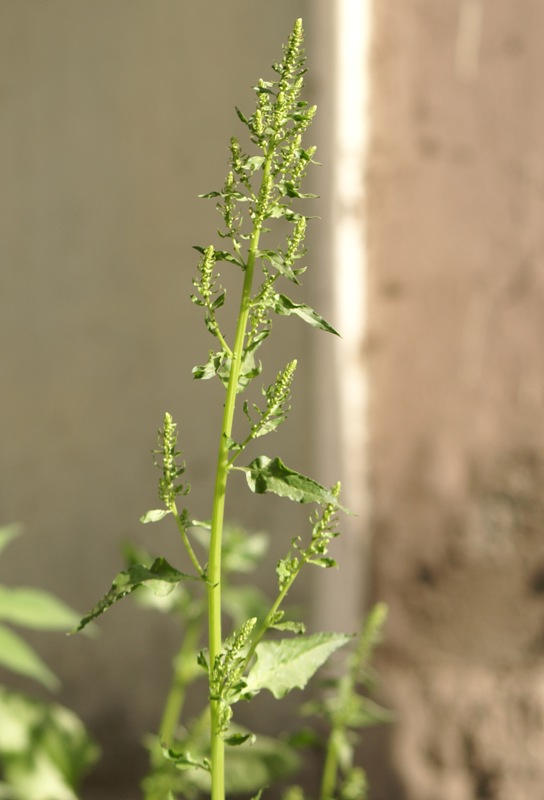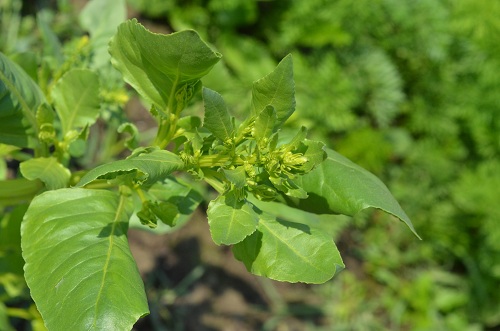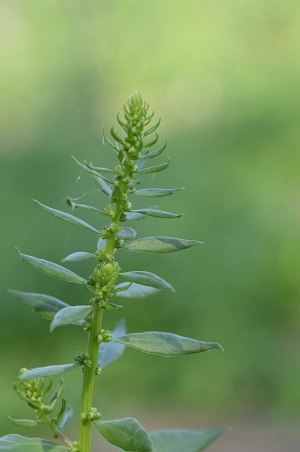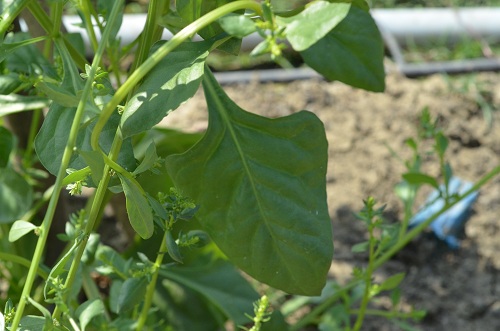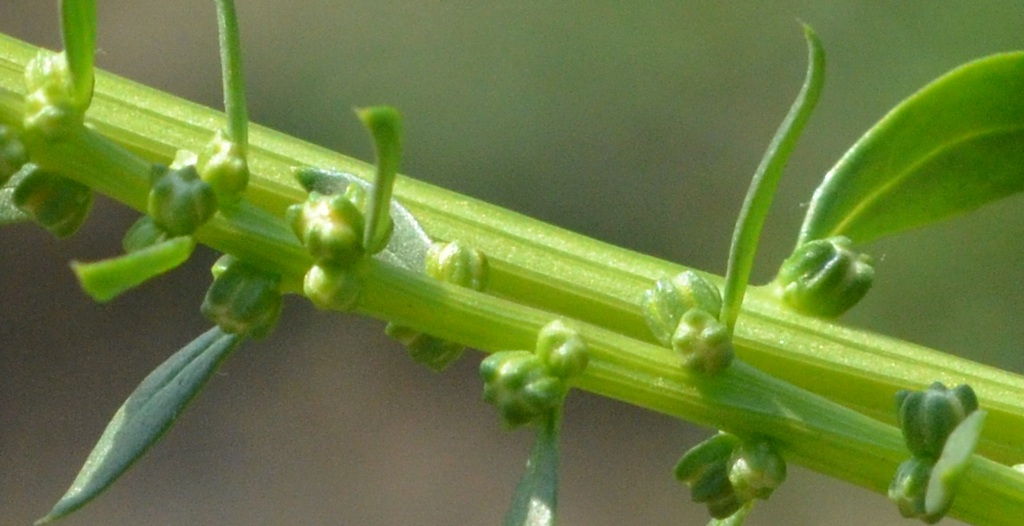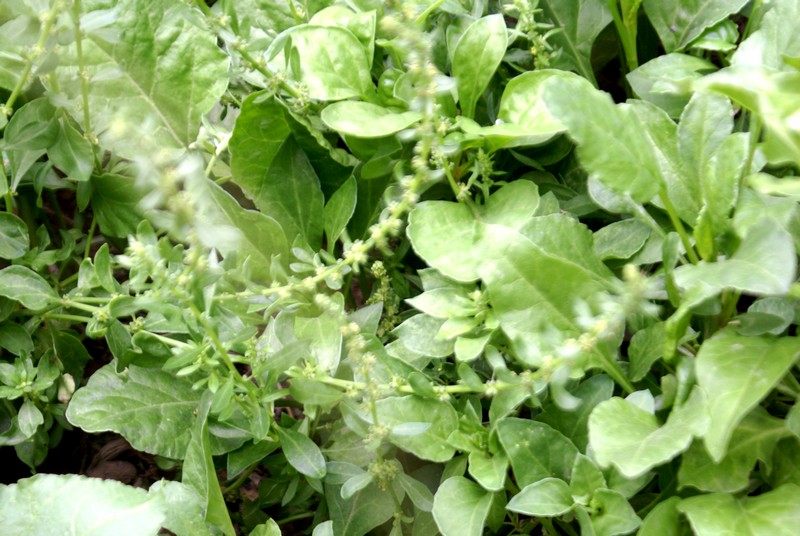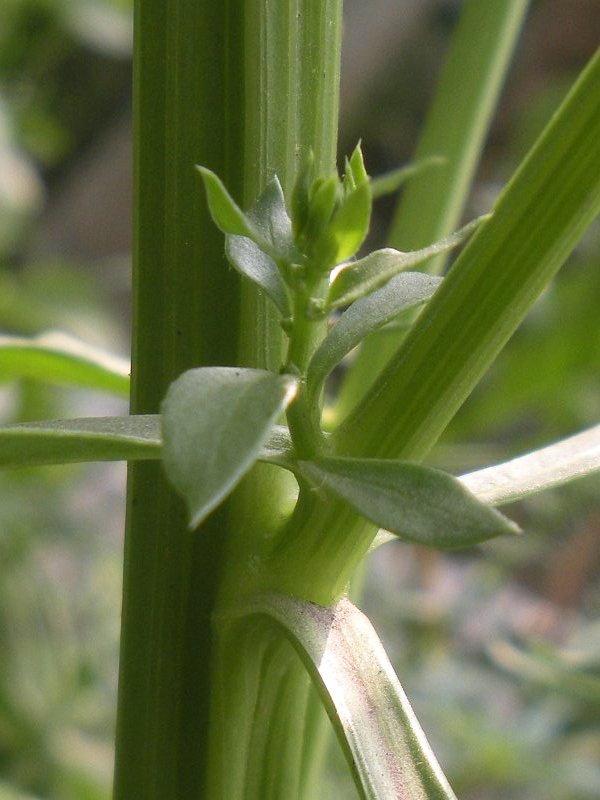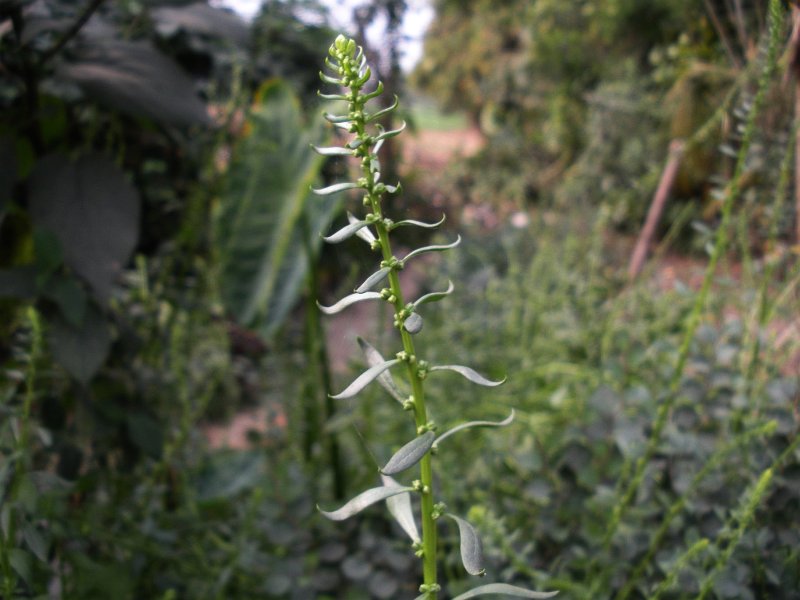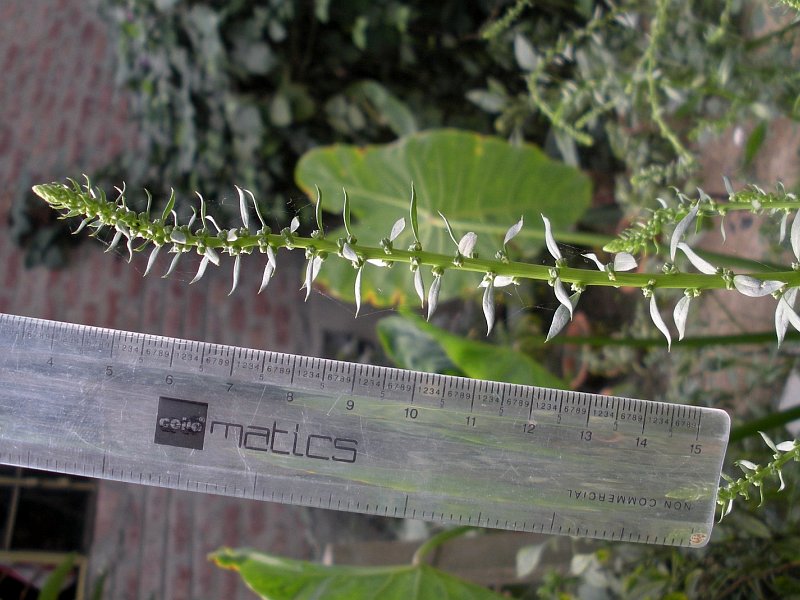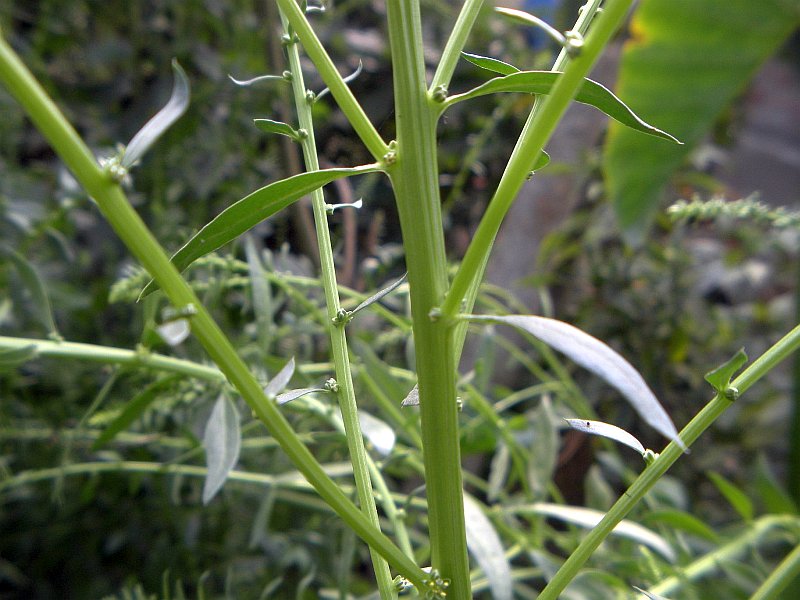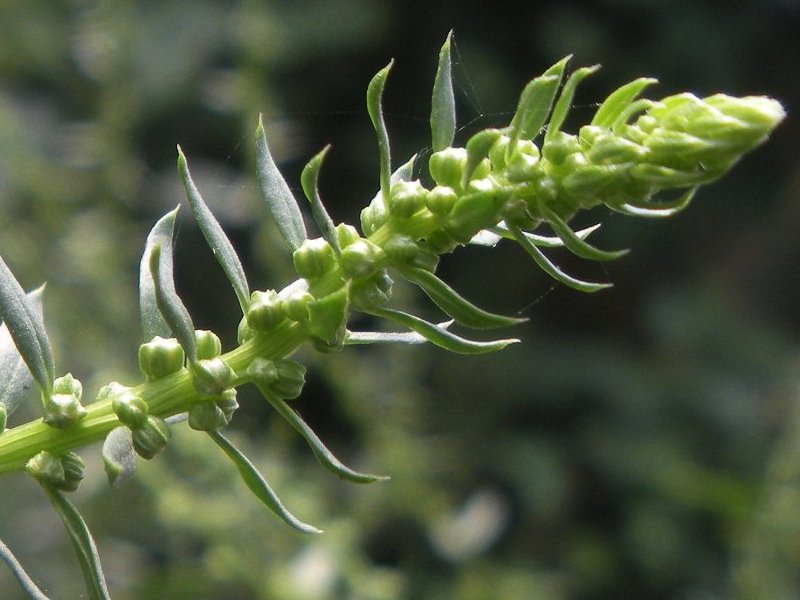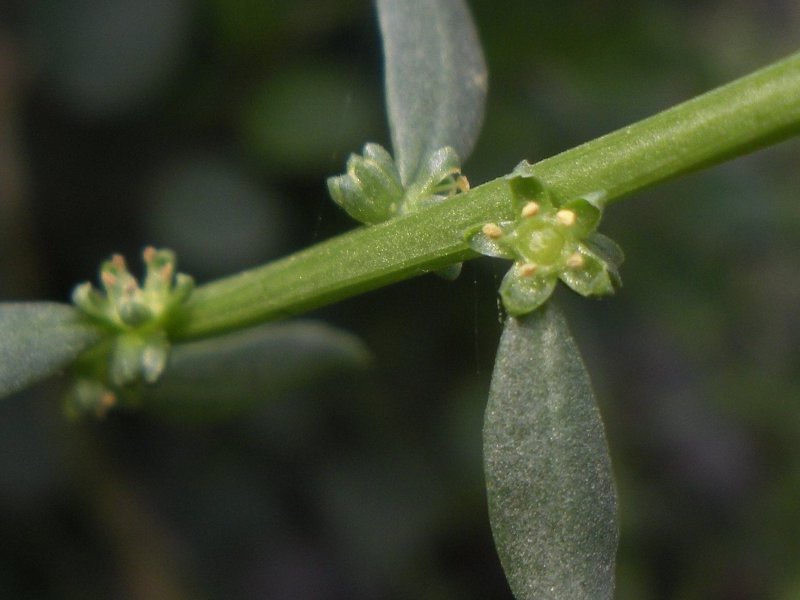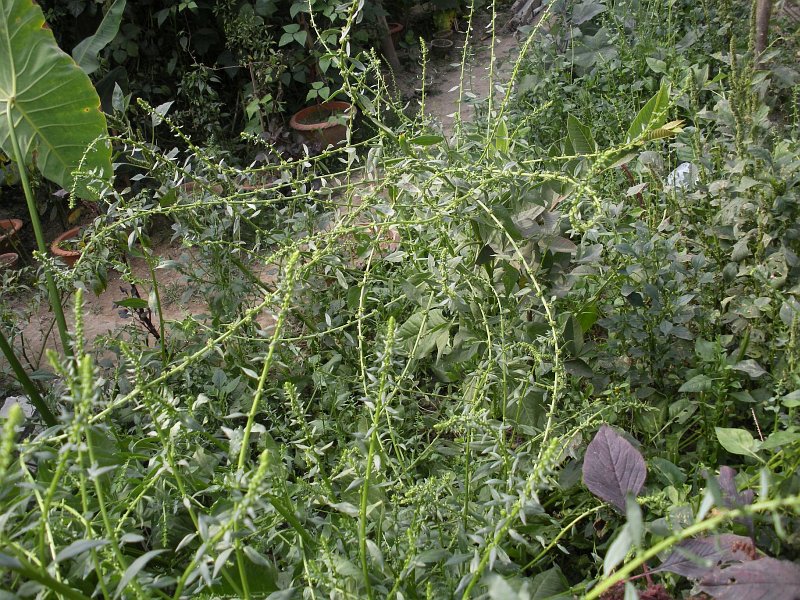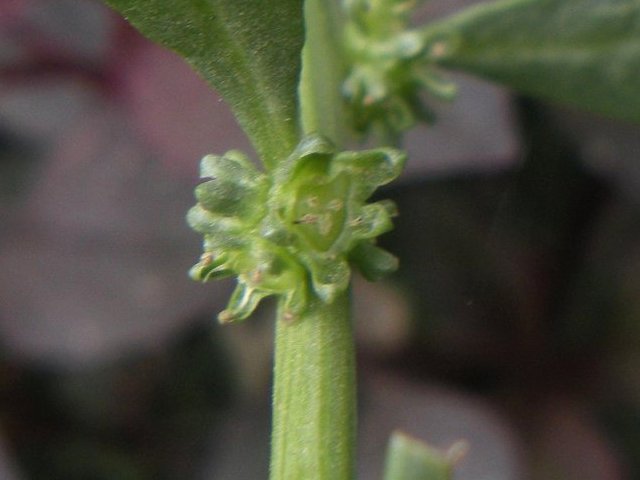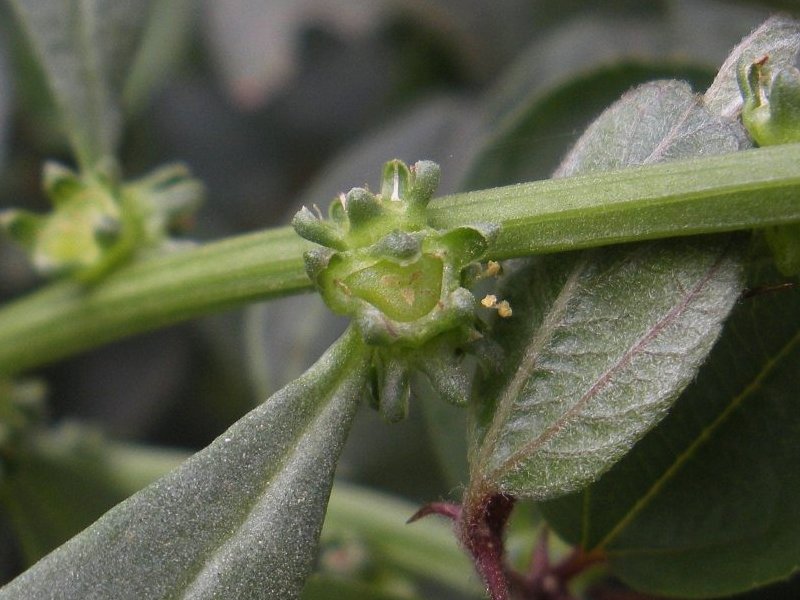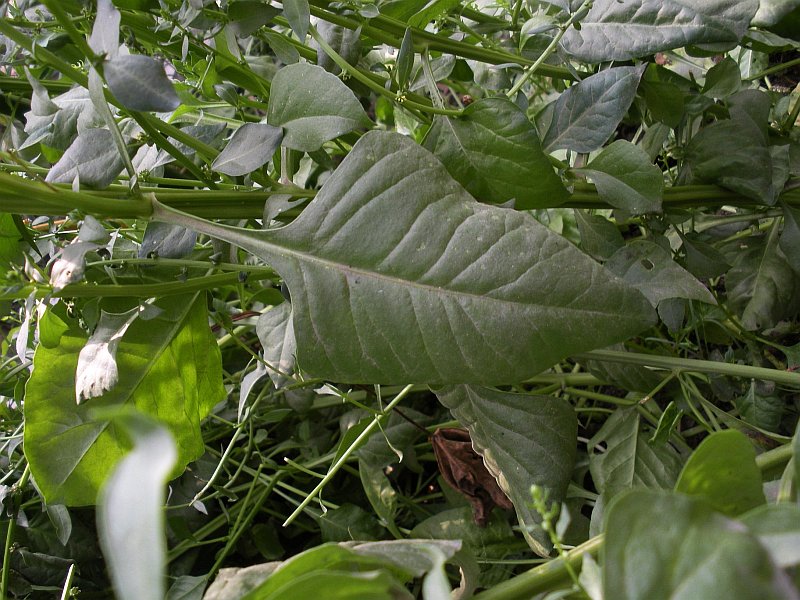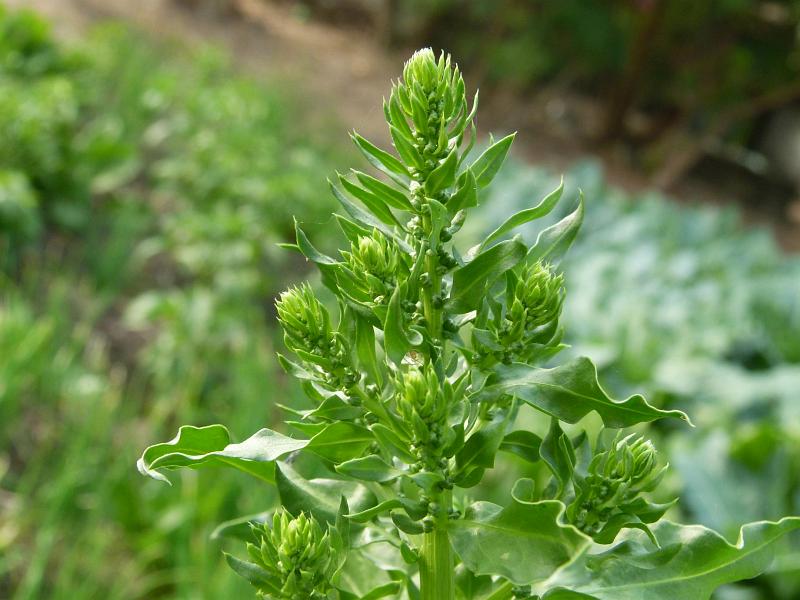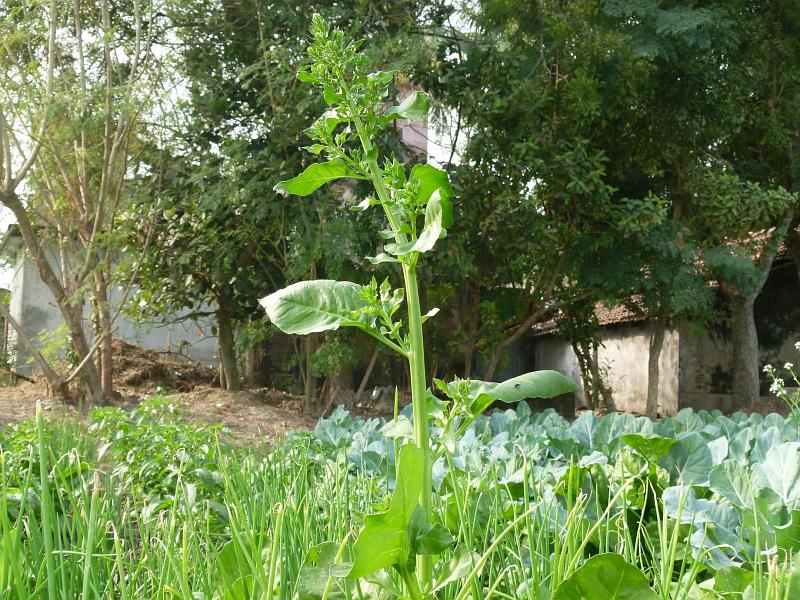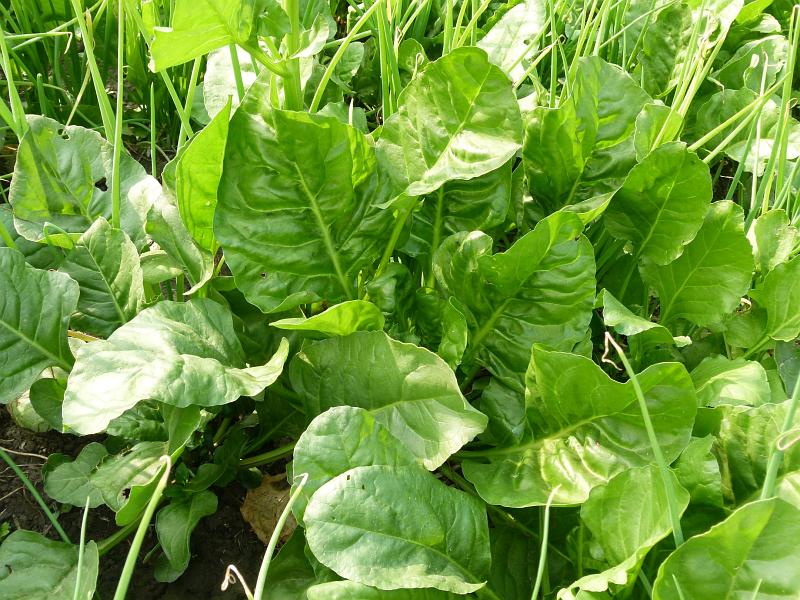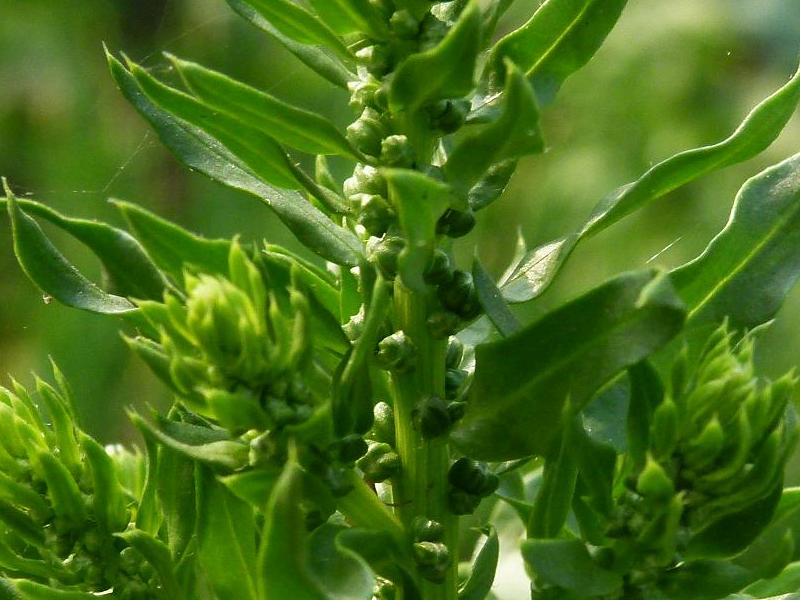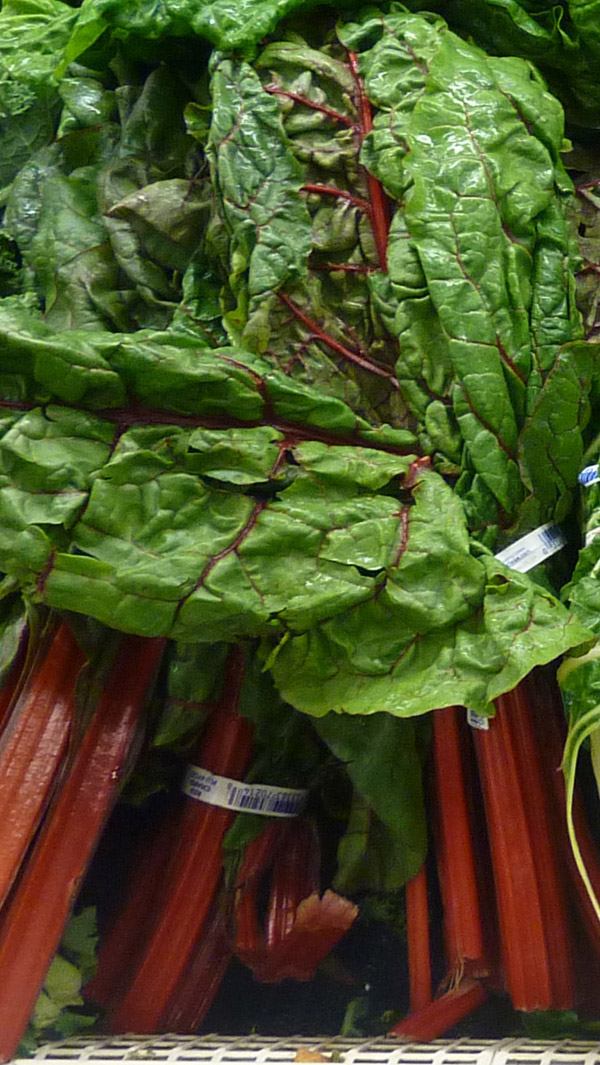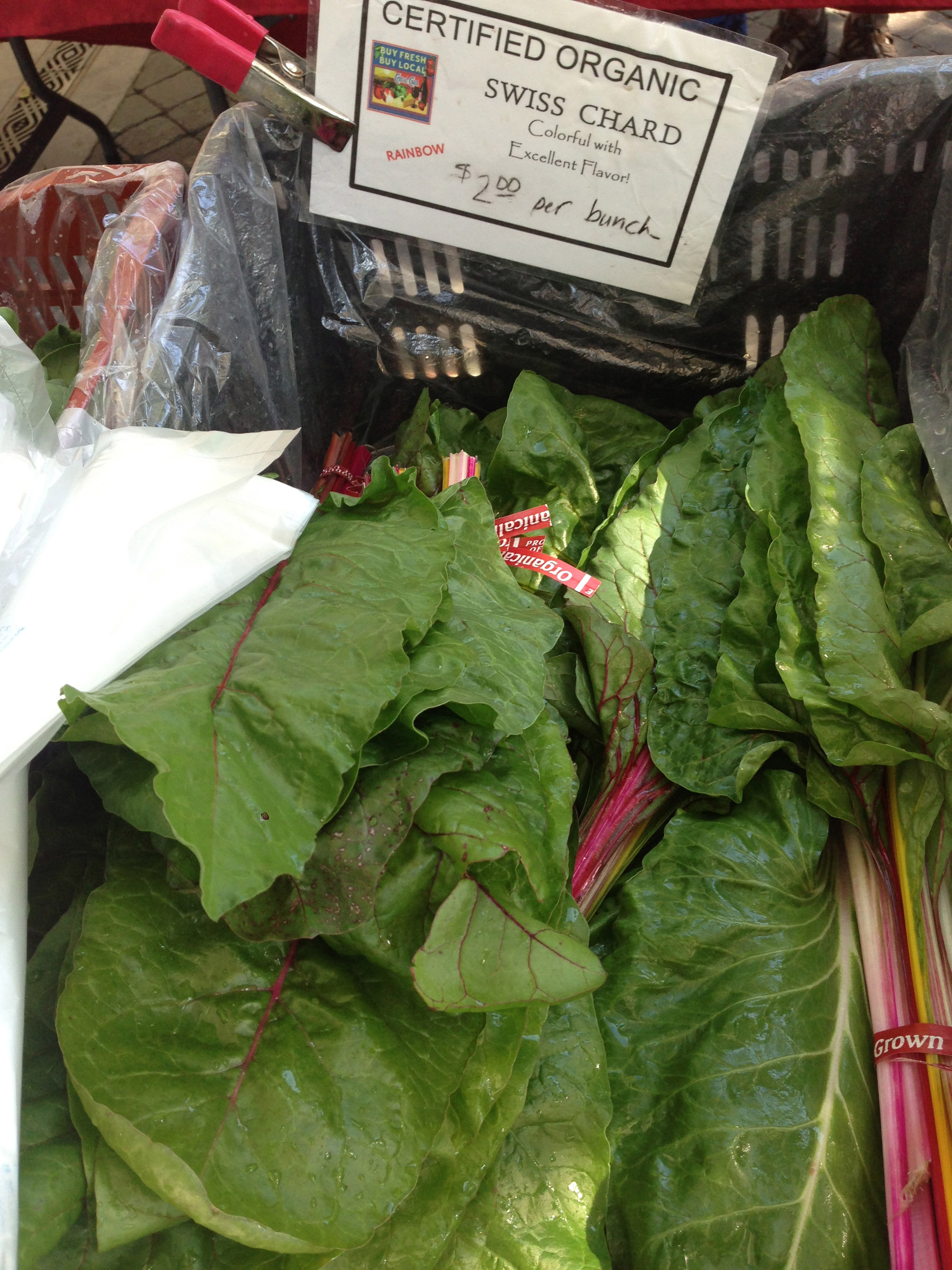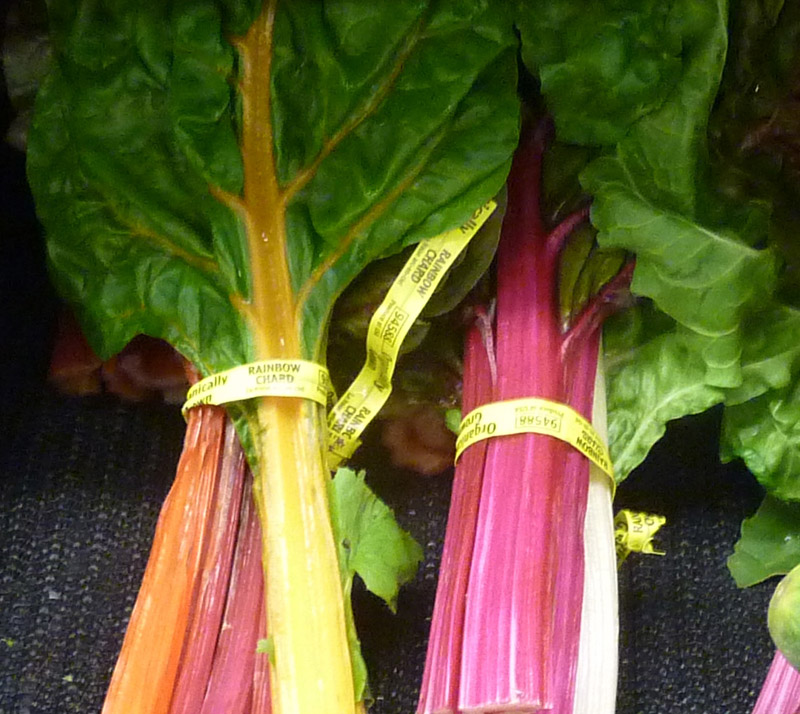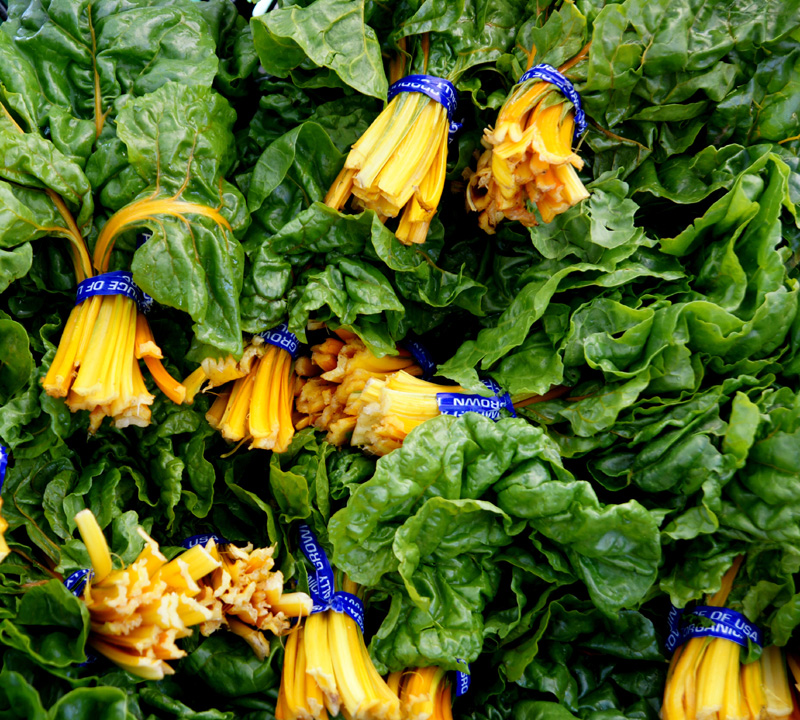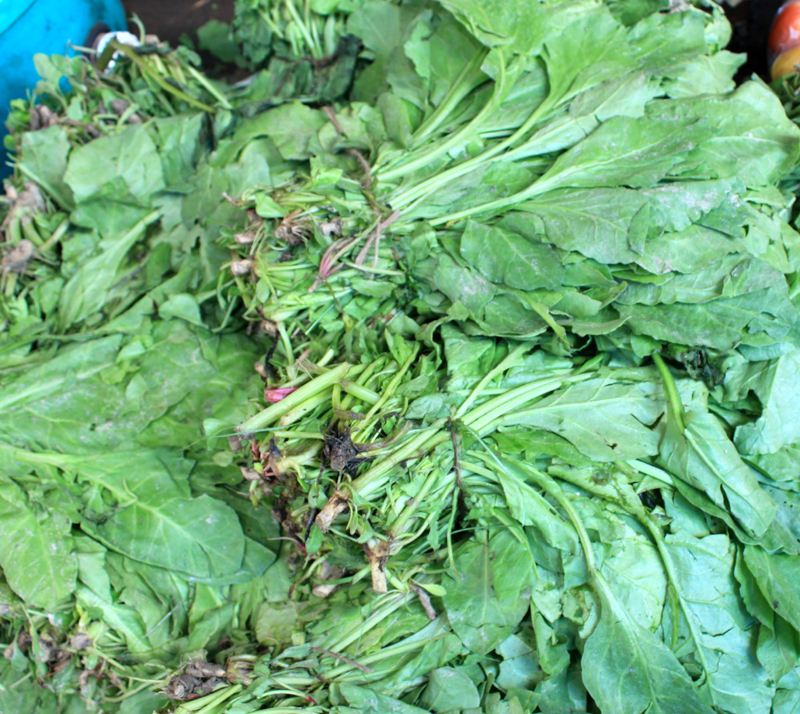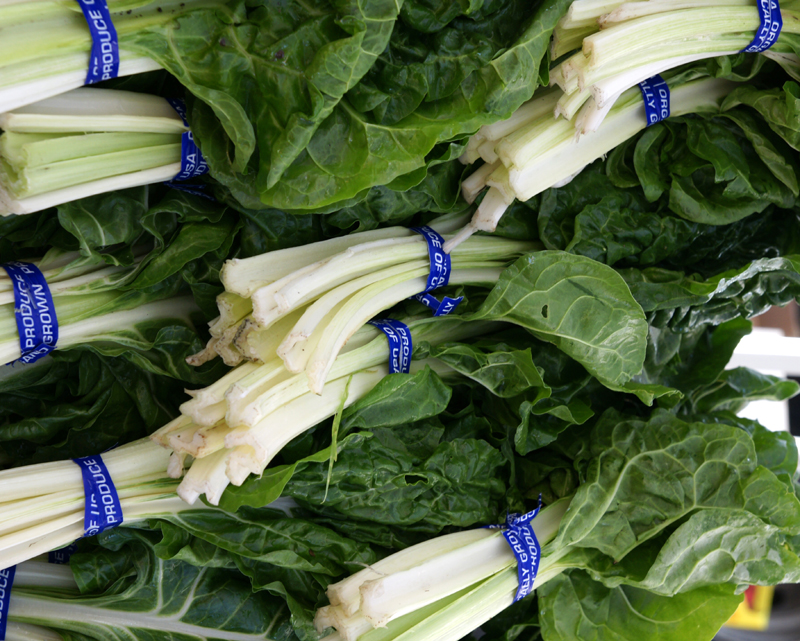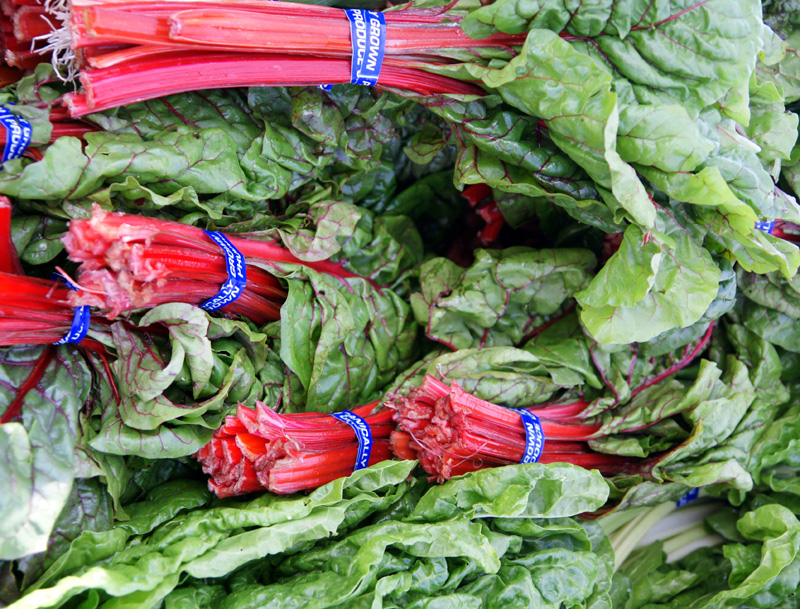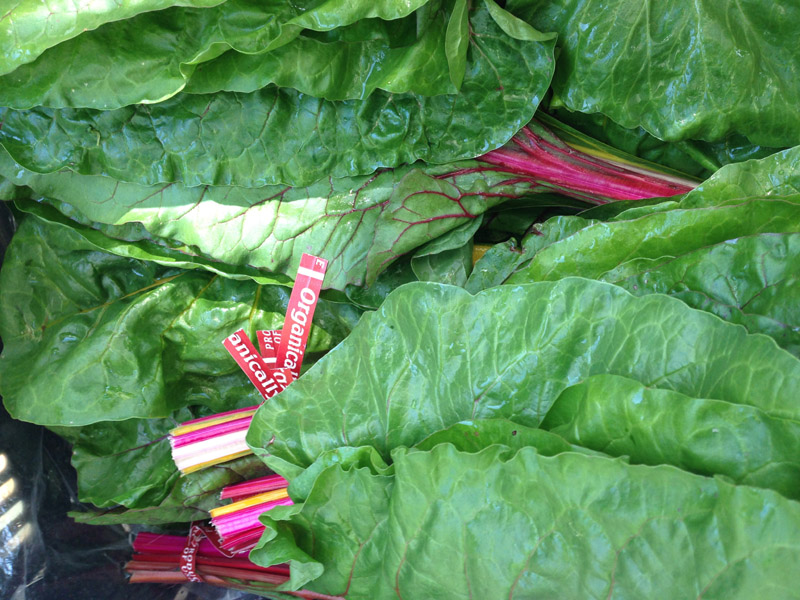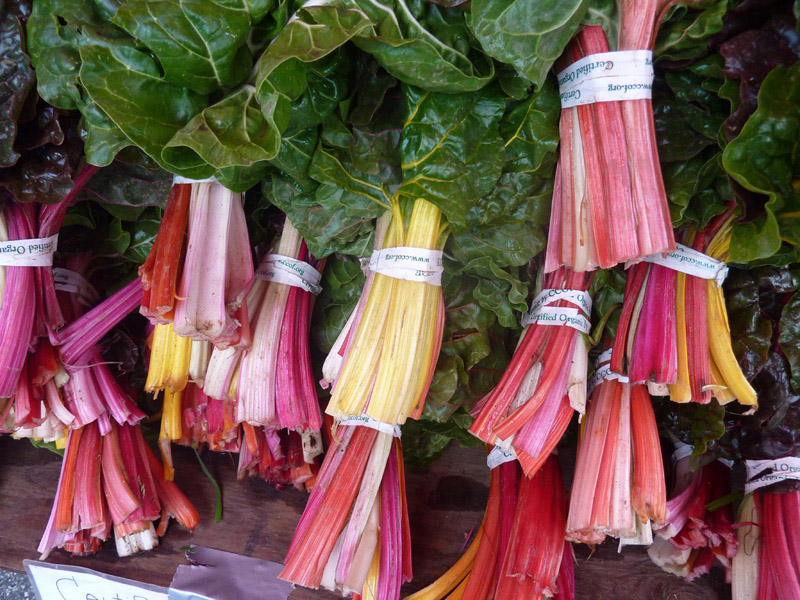|
Beta vulgaris L. subsp. maritima (L.) Arcang., Comp. fl. ital. 593. 1882 (Syn: (=) Beta atriplicifolia Rouy; (=) Beta bengalensis Roxb.; (≡) Beta maritima L. (basionym); (=) Beta maritima var. atriplicifolia (Rouy) Krassochkin; (=) Beta maritima subsp. danica Krassochkin; (=) Beta maritima var. erecta Krassochkin; (=) Beta maritima var. prostrata Krassochkin; (=) Beta orientalis Roth; (=) Beta palonga R. K. Basu & K. K. Mukh.; (=) Beta perennis (L.) Freyn; (=) Beta trojana Pamukç. ex Aellen; (=) Beta vulgaris var. atriplicifolia (Rouy) Krassochkin; (=) Beta vulgaris var. erecta (Krassochkin) Krassochkin; (=) Beta vulgaris var. foliosa Aellen; (=) Beta vulgaris var. glabra (Delile) Aellen; (=) Beta vulgaris var. grisea Aellen; (=) Beta vulgaris subsp. lomatogonoides Aellen; (≡) Beta vulgaris var. maritima (L.) Moq.; (=) Beta vulgaris subsp. orientalis (Roth) Aellen; (=) Beta vulgaris var. orientalis (Roth) Moq.; (=) Beta vulgaris var. perennis L.; (=) Beta vulgaris var. pilosa (Delile) Aellen; (=) Beta vulgaris var. prostrata (Krassochkin) Krassochkin; (=) Beta vulgaris subsp. provulgaris Ford-Lloyd & J. T. Williams; (=) Beta vulgaris var. trojana (Pamukç.) Ford-Lloyd & J. T. Williams);
.
Sea Beet, Beetroot, Sugarbeet • Assamese: Paleng sak • Hindi: Palak • Sanskrit: Palanki;
.
Annual herb without swollen root; basal leaves few not forming a dense rosette, with long strong petiole, ovate to oblong-ovate, up to 20 cm long, apex obtuse, passing above into smaller narrower leaves; flowers bisexual, two or three in a cluster, on simple or branched terminal spike; perianth segments 5, united at base, narrowly oblong, incurved in fruit; stamens 5, filaments united at base; stigmas 2 or 3; utricle adnate to perianth at base.
.
Keys:
Leaves are hastate, flowers unisexual, fruiting perianth enlarging, becoming hardened and often spiny in Spinacia oleracea. In Beta vulgraris, leaves are narrowed at base, flowers bisexual, perianth not hardened in fruit.
.
Uploading photographs of Beta vulgaris L. subsp. maritima (L.) Arcang. (Syn: Beta bengalensis Roxb.; Beta vulgaris L. var. bengalensis Roxb. ; Beta vulgaris L. var. orientalis (Roxb.) Moq.).
Common English names: Indian spinach, Savoy beet,Spinach beet, Beet leaf. Hindi: Palak, Palangsag, Palanki.
Some times confused with but quite distinct from Spinach in temperate parts including Kashmir valley which is Spinacea oleracea, with much soft, nearly hastate leaves and unisexual flowers. . Fruits & Vegetables: Beta vulgaris subsp. maritima the beet leaf (so called spinach):
Beta vulgaris subsp. maritima (syn: Beta bengalensis), the beet leaf often sold and consumed as spinach in tropics, and less commonly in cold climates. Real Spinach Spinacea oleracea is a much different plant with distinctly hastate leaves. Place : Dombivli – This I suppose is our so called spinach of warm climates, actually beet leaf, Beta vulgaris var. bengalensis, now correctly known as Beta vulagaris var. maritima. This is the Palak grown and sold in Delhi, Punjab, Haryana etc. http://www.lookfordiagnosis.Spinacia%20Oleracea&p…
http://www.lookfordiagnosis.Spinacia%20Oleracea&p… No wonder you will find numerous photographs of Beta vulgaris var. maritima labelled as Spinacea oleracea. Before I came to Delhi, many students were being given specimens of Beta vulgaris as Spinacea oleracea This is Spinach Spinacia oleracea, we all eat it
And love and hate to some extent
Astringent taste leaves moth dry
Hence the Italian took to adding creamy sauces to spinach I think… there is no hard evidence for and against it… its just my fancy… I love to think that that’s why most spinach I ate in Italy or Greece was almost 70percent of the time smothered in creamy white sauces… and if not in sauces , in garlic…
Its leaves are rich in micro-nutrients such as those that are synthesized by the leaves… Vit K, B6, B2, Vit A and to some extent C… and can be a rich source of Magnesium, Selenium, manganese if the soil its being grown in is not overused and undernourished ; and Iron, since most soil is usually not too deficient in Iron in the gangetic plains I am told…
This example I am showing is Bolting, ie flowering, not considered edible by this time, ie past its most desirable stage. It tastes bitter, I can vouch for it and quite fibrous. I like the small greenish white flowers though.
I fear this may not be Spinacia oleracea. The spinach sold in warmer parts of India is actually bet leaf Beta vulgaris var. bengalensis Roxb. now correctly known as B. vulgaris subsp. maritima (L.) Arch.
Being very familiar with spinach in Kashmir (Palak), we used to call leafy Beta vulgaris var. maritima as Punjabi Palak in Kashmir. I was surprised, therefore, when this Punjabi Palak (word Hindustani or Punjabi is commonly used in Kashmir for any thing belonging to outside Kashmir) was called here in Delhi as Spinach and taught in practical classes (both Physiology and Taxonomy practical) as Spinacia oleracea. It took me some time to convince the teachers here. In fact in one College I went as external examiner, this plant was given to students. I tried to convince teachers, and finding that some senior teachers won’t agree, I finally told them: Ok if you think this is Spinacia oleracea, students should show me the characters of this. Luckily no one disagreed with me there after.
|By the way two are very different: leaves are hastate, flowers unisexual, fruiting perianth enlarging, becoming hardened and often spiny in Spinacia oleracea. In Beta vulgraris, leaves are narrowed at base, flowers bisexual, perianth not hardened in fruit. Thank you … but do you mean all the spinach I have been eating for the last few decades in various continents is a variety of Beet greens? they (spinach I eat) look and feel and taste different from beet greens. I dont have pictures of beet greens nor of their flowers so cant argue this point. I ‘ll have to keep an open mind. but in our junior botany id classes way back when this was indeed Palang shaak… the leaf shape as seen in fig 1 (4159) seems to be of palang shaak… Yes … It tastes different, slightly tangy and much softer. http://luirig.altervista.org/scientific-name=spinacia+oleracea
http://www.mdidea.com/products/proper03106.html thanks, …, I’ll go to market now and see if I can bring back the so called pallang now… take pictures of Palak or Palang saag we eat … in Bengal and we will take it from there… AMARANTHACEAE-CHENOPODIACEAE week DSR..010: Spinacia oleracea: Beta vulgaris var. maritima
Syn: Beta bengalensis Roxb.; Beta maritima L.; Beta vulgaris var. bengalensis Roxb.
Common names: Spinach beet, Indian Spinach, Savoy beet, Sea beet
Hindi: Palak
Kashmir: Punjabi palak
Annual herb without swollen root; basal leaves few not forming a dense rosette, with long strong petiole, ovate to oblong-ovate, up to 20 cm long, apex obtuse, passing above into smaller narrower leaves; flowers bisexual, two or three in a cluster, on simple or branched terminal spike; perianth segments 5, united at base, narrowly oblong, incurved in fruit; stamens 5, filaments united at base; stigmas 2 or 3; utricle adnate to perianth at base.
Photographed from Kashmir and Delhi.
Often confused with Spinacia oleracea because both have the name spinach, latter mostly grown in temperate climates is very distinct by smaller habit, basal leaves in dense cluster, leaves with basal lobes, more greener and flesh, flowers clearly unisexual, perianth commonly 4, and bracts surrounding the flower becoming enlarged in female flower and commonly having spiny appendages. Chenopodiaceae and Amaranthaceae Week: NS 021: Beta vulgaris ssp. marina: Oh you captured the fine tiny flowers. Great! Chenopodiaceae and Amaranthaceae Week : sk-16 : spinach NOT !!!: yes and this week Gurcharanji explained it in a newer thread Perhaps you are referring to this thread. I missed it earlier since my subscription is “combined updates” only. The efI search-page at efi page saved me! Spinach it is …, but with prefix Indian Yes, Sir, it is Indian spinach, PALONG or PALAK. Chenopodiaceae and Amaranthaceae Week :: Spinacia oleracea : Spinach : Muscat : 100213 : AK-22: I think it is Beta vulgaris subsp. maritima as told by … Memari-skDec12 – Beta bengalensis Roxb. : 1 post by 1 author. Attachments (5) . Spinacia oleracea (Amaranthaceae) from Uttarakhand_DSR_March_01 : 13 posts by 3 authors. Attachments (2) The true Spinacia oleracea var. oleracea cultivated in Pantnagar.
It is known as ‘Pahadi Palak’ (in Uttarakhand) indicating its affinity for cooler climate of hills.
Seeds in this cultivated variety have distinct spines.
Most of us now understand that commonly cultivated Palak in warmer parts of India is not Spinacia oleracea. Yes … I had tough time telling my colleagues in Delhi in 1975 that what they teach in taxonomy practical classes is not Spinacea oleracea. It is rather Beta vulgaris var. benghalensis now known as var. maritima, Indian spinach or beet leaf. And yesterday in Krishi Vigyan mela were Vilayati Palak (obviously Spinacea oleracea) and three cultivars of Beta vularis var. maritima (as PUSA Palak) were grown together, and Beta vulgaris separately. Hastate leaves and unisexual flowers are characteristic of Spinacia oleracea. I remember, when in one College when I went as examiner and they insisted on calling Delhi Palak as Spinacia oleracea, I told them after getting frustrated, OK if any student shows flowers as bisexual (as they are in Beta vulgaris) I would detect their marks. That did the trick. what is the aspinach fresh bundles we get in california? Spinacia oleracea only. thank you, … so what we eat as palak/ spinach in india may not have as much oxalates as in the real spinach?
is there a comparison of chemical analysis of the beta vs spinach done ? a reference or two then, please I think slightly less in Spinach beet (610) as compared to spinach (750). Another comparison thank you for both links whole foods is where used to buy all my green groceries.. beet greens is just that, often attached to beets and stalk of the leaf is red… not like the spinach we get in India where leaves are thick, smooth and shiny and beigish or greenish water laden stalks… Spinach beet, beet leaf, Indian spinach, Beta vulgaris var. maritima (formerly var. bengalensis) that I am talking about does not have swollen roots like typical beet, nor are petioles that flesh and swollen. We had both beet root plant and Spinach beet in our College garden. Here are some for you Beta vulgaris varieties/ cultivars above: Attachments (12) Beta-vulgaris-beet-vikas-puri-DSC01851-Delhi-1.jpg
Beta-vulgaris-bengalensis-Delhi-IMG_9845-Delhi-1.jpg
Beta-vulgaris-cicla-Green chard-California-1a.jpg
Beta-vulgaris-cicla-Rainbow chard-California-1a.jpg
Beta-vulgaris-cicla-Rainbow chard-California-3a.jpg
Beta-vulgaris-cicla-Red chard-California-1a.jpg
Beta-vulgaris-‘Golden Chard’-Farmers Market-Sunnyvale-DSC08097-California-1a.jpg
Beta-vulgaris-Golen Beets-Farmers Market-Sunnyvale-DSC08078 copy-California-1a.jpg
Beta-vulgaris-‘Green Chard’-Farmers Market-Sunnyvale-DSC08095-California-1.jpg
Beta-vulgaris-‘Ruby Rd Chard’-Farmers Market-Sunnyvale-DSC08089-California-1a.jpg
Beta-vulgaris-Swiss chard-California-Manpreet-photo 4-6a.jpg
Beta-vulgaris-Swiss chard-California-Manpreet-photo 5-6a.jpg
thanks … for all these pictures…
perusing them increases my questions… swiss chard tastes and crunches differently in mouth.. cant really be eaten raw as in salsd where as young “spinach” leaves can be … in ca how can swiss chard be in same group as spinach???? boggles my mind… a lot of your pictures are swiss chard and not spinach nor beet greens… and the spinach in kolkata can not be eaten raw ,… the crunch and chewing difficulty with too much to chew and taste not the same … botanists have to separate out these two groups … all the different spinaches as in this case and all the brassica veggies… mutations happened a long time ago … giving taxonomists a long time to study them and separate them.. haven’t anybody done chromosomes and DNA analysis of these ?
i find this a very fertile ground for finally naming them into sep entitites… i would do it myself if i were a young hot shot botanist/horticulturist starting my career now… personally i dont see an end |
Disclaimer
1. For any mistake in identification or for becoming efloraofindia e-group member (for contributing towards building of efloraofindia or otherwise), pl. mail to indiantreepix@googlegroups.com or itpmods@googlegroups.com
2. For better viewing of species’ pages, colour scheme & formatting is being followed as: Description of the species, Details of other flora species on the same page, Uses/ harms, Distribution, Abundance/ Location/ Flowering time & date, Habit & habitat, Etymology & pronunciation, Other interesting information, stories etc., Others, Botanical names, Common names, Main point of discussion below, Discussion about Botanical names.
Navigation
- Award for eFloraofIndia
- Colour scheme & formatting
- Copyrights, Permissions, Citations
- eFloraofIndia appreciated
- Names of Plants in India site
- Flowersofindia site
- Posting Guidelines
- For members’ information
- Logo, Tagline, Acronym
- Volunteers required
- ‘Pitamah’ of eFloraofIndia
- ‘अजेय’ ‘Ajey’ of eFloraofIndia
- ‘Saarthi’ ‘सारथि’ of eFloraofIndia
- ‘Jewel’ of eFloraofIndia
- ‘Grassman’ of eFloraofIndia

